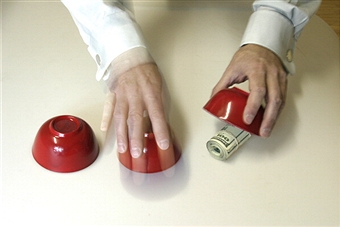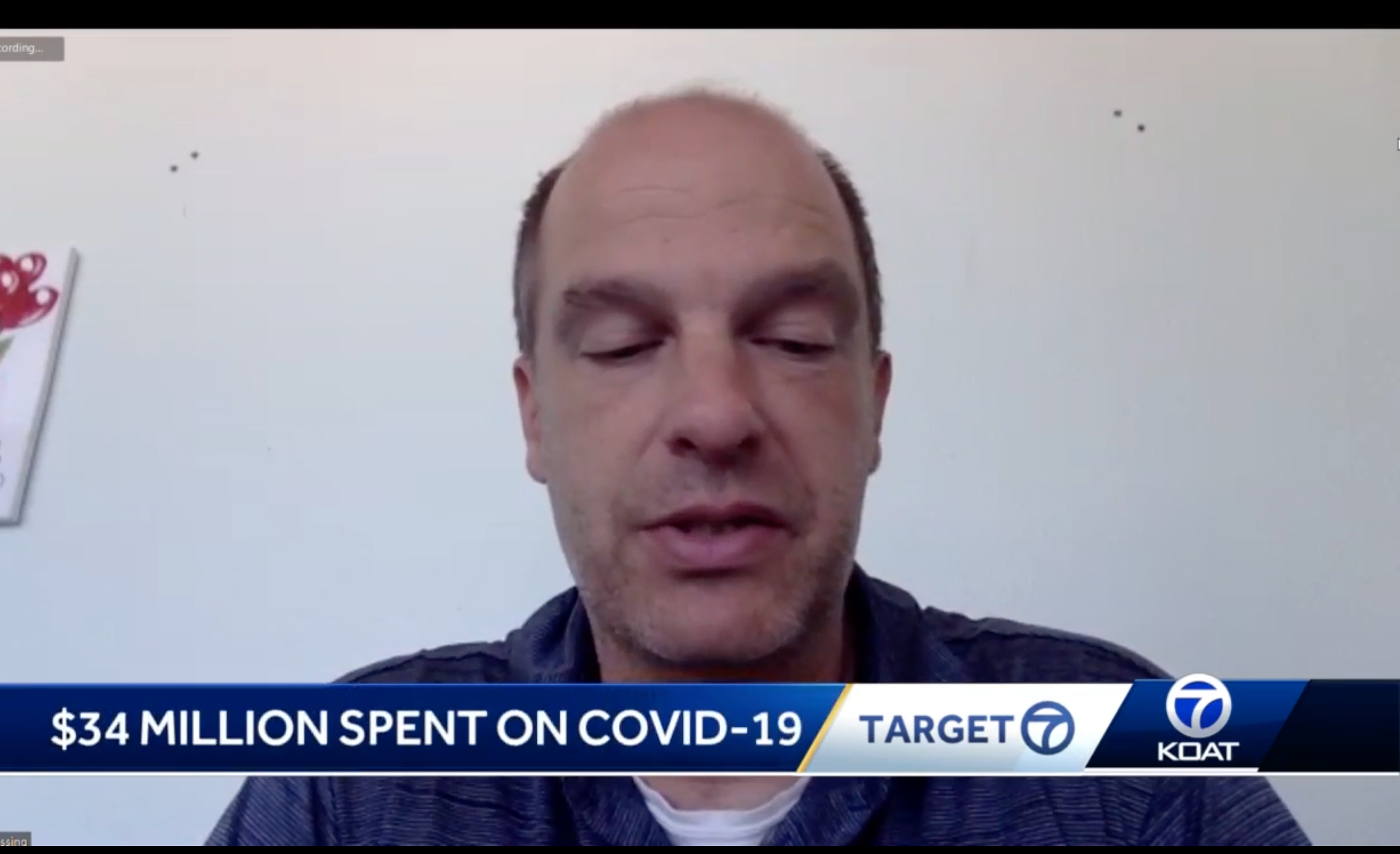
Prior to the COVID-19 outbreak in New Mexico, the Four Corners region of New Mexico faced serious economic challenges. The declining price of natural gas which had been the basis of the area’s economy for decades was the most significant issue.
The price which exceeded $15 per million cubic feet (MCF) back in 2008 embarked on a rapid decline with the advent of the “fracking” revolution. The price is now below $2.00 per MCF and shows no sign of rising in the foreseeable future. That’s a decline of over 80%.
The next “shoe” to drop was the Gov.’s Energy Transition Act which placed the San Juan Generating Station on a path to closure in June of 2022. Efforts by the City of Farmington and Enchant Energy could result in the plant remaining open beyond that deadline.
What is Governor Lujan Grisham’s position on the Enchant Energy project? No one seems to know. This critical economic issue like so many others has taken an extreme distant back seat to COVID-19.
The Four Corners region needs a Governor and state government that can do more than one thing at the same time. San Juan Generating Station’s employees, and Four Corners’ government officials and economic planners could certainly benefit from state government leadership.
In addition to the extreme energy industry challenges, the Four Corners has also been disproportionately hit by the effects of COVID-19. The Four Corners region has been hard-hit by the virus and has faced stricter timelines for its opening and subsequent economic recovery. The result has been job losses and severe decreases in economic activity for the Navajo Nation and the region as a whole far greater than many other parts of New Mexico.
Add on top of all of these factors and the Gov. is facing a second impactful decision regarding the so-called “Methane Rule.” The Gov. is expected to impose some kind of new regulatory regime on natural gas producers, predominantly in the Four Corners in the months ahead. While environmentalists claim an untold bounty will be reaped in the form of capturing “vented and flared” methane, the reality is that strict rules as proposed by the environmental community would further devastate the region.
All of this is to say that Gov. Lujan Grisham literally holds the Four Corners’ future in her hands. No amount of job retraining money will prepare the local population for jobs that don’t exist. No amount of corporate welfare or state “investment” in things like movie studios will get the region on solid economic footing.
Rather, the region needs real jobs and real economic investment the likes of which job training and government “investment” simply can’t offer. Enchant Energy must be given an opportunity to make its carbon capture technology work. If it doesn’t or if economic conditions show that it is just not feasible, so be it, but the opportunity to keep hundreds of jobs and millions of dollars of economic activity and tax revenue in the region and State simply can’t be dismissed. However, if the carbon capture technology works New Mexico will find itself on the forefront of a new form of green, carbon-free energy.
Likewise, any methane rule must be designed with the realization that if the San Juan region becomes too costly in terms of regulations, natural gas producers will permanently close all but the highest producing wells, and more and more business will leave the state. Given the massive surplus gas production and rock-bottom prices, it is hard to see additional producers and the jobs they bring ever returning to the region.
New Mexico is quickly heading from the proverbial “penthouse” to the “poorhouse” based on 40% of its budget (oil and gas) essentially evaporating overnight. The Four Corners faces even greater challenges thanks to economic forces beyond their or the Gov.’s control. Inflicting further, unnecessary economic damage on the region would be inexcusable.
Gessing is president of the Rio Grande Foundation an independent, non-partisan, tax-exempt research and educational organization dedicated to promoting prosperity for New Mexico based on principles of limited government, economic freedom and individual responsibility.










/cdn.vox-cdn.com/uploads/chorus_image/image/66848476/1211674325.jpg.0.jpg)














